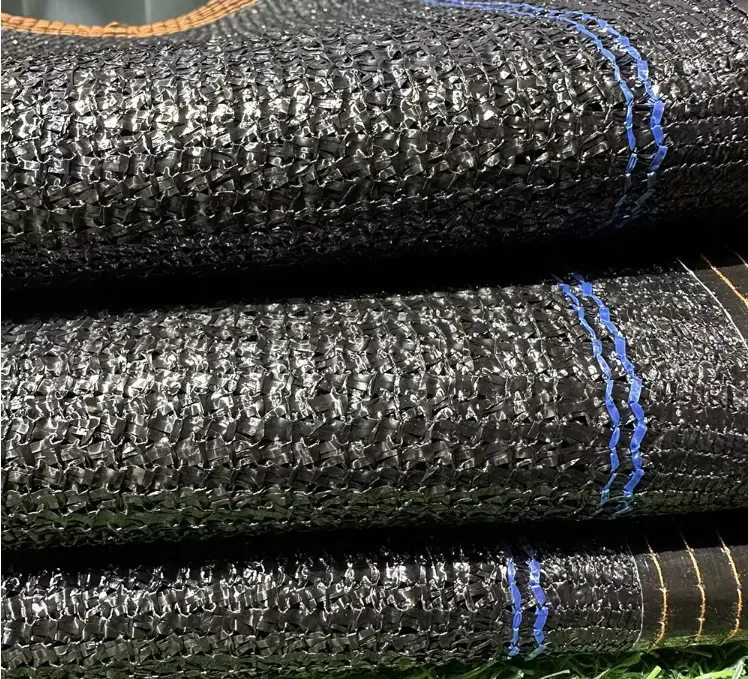-
 Afrikaans
Afrikaans -
 Albanian
Albanian -
 Amharic
Amharic -
 Arabic
Arabic -
 Armenian
Armenian -
 Azerbaijani
Azerbaijani -
 Basque
Basque -
 Belarusian
Belarusian -
 Bengali
Bengali -
 Bosnian
Bosnian -
 Bulgarian
Bulgarian -
 Catalan
Catalan -
 Cebuano
Cebuano -
 China
China -
 Corsican
Corsican -
 Croatian
Croatian -
 Czech
Czech -
 Danish
Danish -
 Dutch
Dutch -
 English
English -
 Esperanto
Esperanto -
 Estonian
Estonian -
 Finnish
Finnish -
 French
French -
 Frisian
Frisian -
 Galician
Galician -
 Georgian
Georgian -
 German
German -
 Greek
Greek -
 Gujarati
Gujarati -
 Haitian Creole
Haitian Creole -
 hausa
hausa -
 hawaiian
hawaiian -
 Hebrew
Hebrew -
 Hindi
Hindi -
 Miao
Miao -
 Hungarian
Hungarian -
 Icelandic
Icelandic -
 igbo
igbo -
 Indonesian
Indonesian -
 irish
irish -
 Italian
Italian -
 Japanese
Japanese -
 Javanese
Javanese -
 Kannada
Kannada -
 kazakh
kazakh -
 Khmer
Khmer -
 Rwandese
Rwandese -
 Korean
Korean -
 Kurdish
Kurdish -
 Kyrgyz
Kyrgyz -
 Lao
Lao -
 Latin
Latin -
 Latvian
Latvian -
 Lithuanian
Lithuanian -
 Luxembourgish
Luxembourgish -
 Macedonian
Macedonian -
 Malgashi
Malgashi -
 Malay
Malay -
 Malayalam
Malayalam -
 Maltese
Maltese -
 Maori
Maori -
 Marathi
Marathi -
 Mongolian
Mongolian -
 Myanmar
Myanmar -
 Nepali
Nepali -
 Norwegian
Norwegian -
 Norwegian
Norwegian -
 Occitan
Occitan -
 Pashto
Pashto -
 Persian
Persian -
 Polish
Polish -
 Portuguese
Portuguese -
 Punjabi
Punjabi -
 Romanian
Romanian -
 Russian
Russian -
 Samoan
Samoan -
 Scottish Gaelic
Scottish Gaelic -
 Serbian
Serbian -
 Sesotho
Sesotho -
 Shona
Shona -
 Sindhi
Sindhi -
 Sinhala
Sinhala -
 Slovak
Slovak -
 Slovenian
Slovenian -
 Somali
Somali -
 Spanish
Spanish -
 Sundanese
Sundanese -
 Swahili
Swahili -
 Swedish
Swedish -
 Tagalog
Tagalog -
 Tajik
Tajik -
 Tamil
Tamil -
 Tatar
Tatar -
 Telugu
Telugu -
 Thai
Thai -
 Turkish
Turkish -
 Turkmen
Turkmen -
 Ukrainian
Ukrainian -
 Urdu
Urdu -
 Uighur
Uighur -
 Uzbek
Uzbek -
 Vietnamese
Vietnamese -
 Welsh
Welsh -
 Bantu
Bantu -
 Yiddish
Yiddish -
 Yoruba
Yoruba -
 Zulu
Zulu
Effective Hail Protection Nets for Apple Orchards and Crop Safety Solutions
The Benefits of Anti-Hail Nets for Apple Orchards
In recent years, climate change has led to increasingly unpredictable weather patterns that pose significant risks to agricultural productivity. One of the most detrimental weather phenomena for apple orchards is hailstorms. These sudden and severe weather events can obliterate entire crops, leading to financial losses for farmers and reduced availability of apples in the market. To combat this issue, many orchardists are turning to innovative solutions like anti-hail nets. This article will explore the benefits of using anti-hail nets for apple orchards and why they are becoming an essential part of modern horticultural practices.
Understanding Anti-Hail Nets
Anti-hail nets are specially designed nets made from durable materials that provide a protective barrier for fruit trees. They are typically anchored around the perimeter of the orchard and spread across the trees to create a protective canopy. These nets are designed to absorb and deflect the impact of hailstones, drastically reducing the potential damage they can cause to apple fruits and trees.
Protection from Hail Damage
The primary benefit of anti-hail nets is their effectiveness in protecting apple crops from hail damage. A single hailstorm can result in the loss of up to 100% of the fruit, depending on the severity and timing of the storm. When hailstones strike apple trees, they not only damage the fruit but can also affect the limbs and leaves, impairing the tree's overall health and future productivity. Anti-hail nets provide a formidable shield, significantly reducing the chances of fruit loss and tree injury, thus ensuring the orchard remains viable for future seasons.
Increased Yield and Quality
anti hail net for apple

By minimizing hail damage, anti-hail nets contribute to increased yields and improved fruit quality. Apples that are protected from the destructive force of hail tend to be larger, healthier, and more visually appealing. This is crucial for meeting consumer preferences and selling in premium markets. Furthermore, with the assurance that their crops are safe from sudden hailstorms, farmers can invest more confidently in their orchards, employing practices such as thinning and better pest control that further enhance quality and yield.
Cost-Effectiveness in the Long Run
While the initial investment in anti-hail nets can be considerable, the long-term savings and benefits often outweigh the upfront costs. Farmers who experience repeated hail damage face mounting losses and potential bankruptcy, while those who implement anti-hail systems can protect their investments in the orchard. Additionally, reduced crop loss means that farmers can maintain steady cash flow and potentially secure loans or funding more easily, as they showcase more reliable production capability.
Additional Benefits
Beyond protecting fruit from hail, these nets offer other advantages. They can also serve as a deterrent against birds and other wildlife that may damage the fruit before harvest. Furthermore, anti-hail nets can provide a degree of shade, helping to regulate the temperature in the orchard, which can be particularly beneficial during extreme heat events. By moderating temperature fluctuations, farmers can enhance the growing conditions for their apples.
Conclusion
As climate unpredictability continues to challenge apple growers, implementing effective protective measures becomes increasingly essential. Anti-hail nets offer a multifaceted solution that not only safeguards apple crops from the immediate threat of hailstorms but also fosters long-term agricultural sustainability. By investing in this technology, orchardists can protect their livelihoods, enhance productivity, and contribute to a more stable apple supply, benefiting both farmers and consumers alike. With the growing adoption of anti-hail nets, the future of apple orcharding could be looking much brighter, despite the looming challenges of climate change.
-
Shipping Plastic Bags for Every NeedNewsJul.24,2025
-
Safety Netting: Your Shield in ConstructionNewsJul.24,2025
-
Plastic Mesh Netting for Everyday UseNewsJul.24,2025
-
Nylon Netting for Every UseNewsJul.24,2025
-
Mesh Breeder Box for Fish TanksNewsJul.24,2025
-
Expanded Steel Mesh Offers Durable VersatilityNewsJul.24,2025











